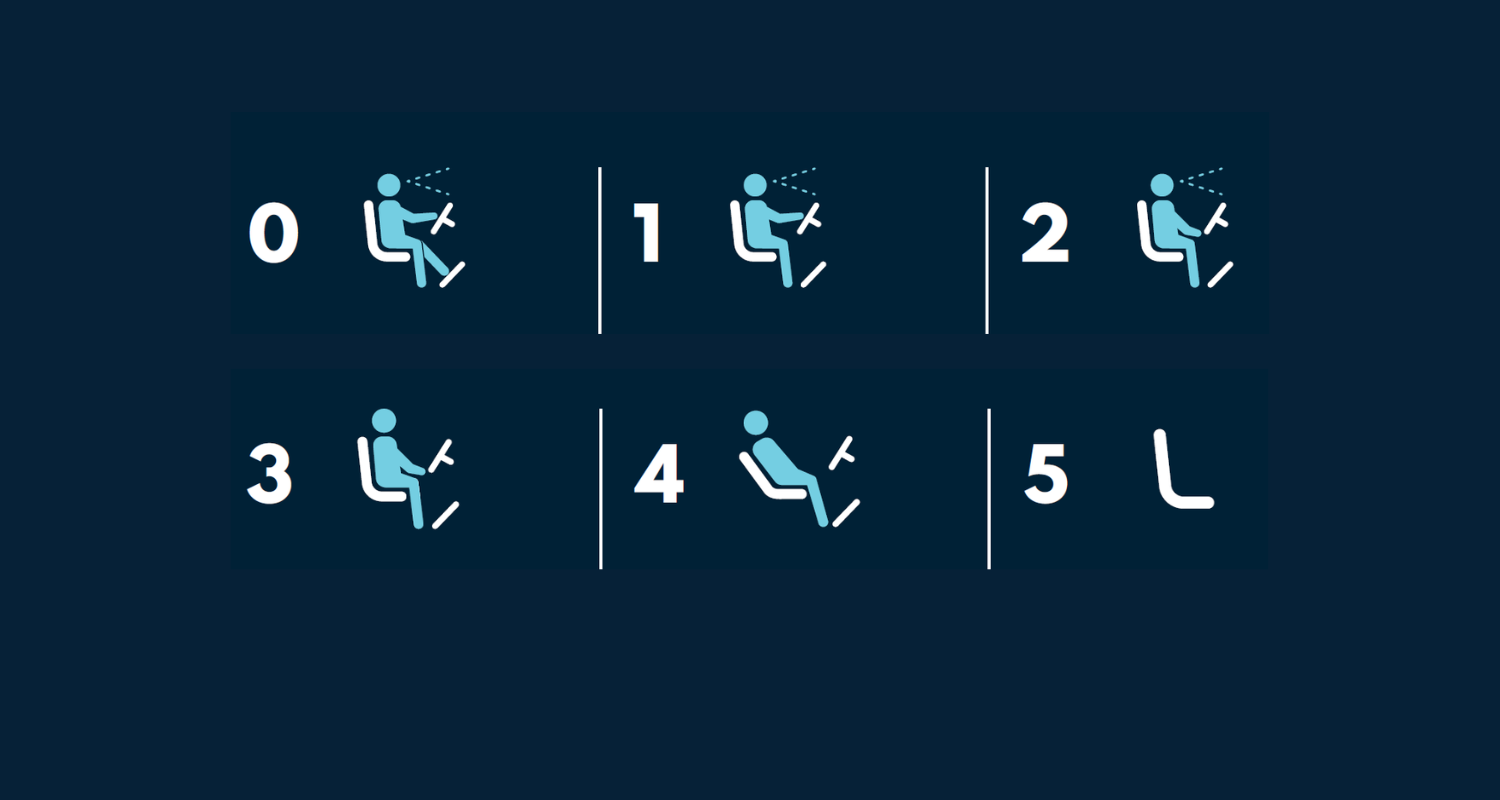
2 minute read
The 5 stages of automation
by saam.swiss
In colloquial speech, a distinction is rarely made between self-driving, autonomous or automated vehicles. However, for the purposes of regulation, it is important to understand the terminology behind it.
In countries such as Germany and the USA, Level 3 automation vehicles are already authorised for use on public roads.
With the revision of the Swiss Road Traffic Act, Level 3 vehicles will also be permitted on Swiss roads in future.
The Society of Automotive Engineers (SAE) prefers the term "automated" rather than "autonomous". The reason being that "autonomy" implies capabilities beyond the mechanical and electronic aspects. A truly autonomous vehicle would have the ability to make independent decisions. For example, it could choose a destination other than the one ordered. This means that the artificial intelligence would spontaneously decide on a trip to the beach for the passengers instead of driving to the office.
An automated vehicle, on the other hand, strictly follows the instructions given while navigating independently.
The terms "self-driving" and "autonomous" are often used interchangeably, but there is a subtle difference. A self-driving vehicle can drive autonomously in certain or even all situations, but always requires a human passenger who is ready to take control. Self-driving cars typically correspond to Level 3 (conditional vehicle automation) or Level 4 (high vehicle automation) and are subject to geographical restrictions. This is in contrast to a fully-automated vehicle, which has no such restrictions. n
5 Stages Of Automation
0 - Driver required (Conventional)Driver has almost full control.
1 - Feet off (Assisted)Driver is supported by cruise control and parking assistance.
2 - Hands off (Partially automated)Driver monitors what is happening, but no longer steers.Vehicle controls various functions such as distancing and lane keeping.
3 - Eyes off (Conditionally automated)Driver only takes over in individual situations. The vehicle drives independently and warns the driver in individual situations.
4 Fully automated Def. area of application (The driver becomes a passenger)The vehicle performs all driving tasks within the defined area of use.
5 Fully automated EverywhereVehicle steers and drives fully automated and is no longer equipped with accelerator & brake pedal.










